Six big Swiss ski slopes
Up for a challenge? Here are six of the steepest, snakiest Alpine slopes it's possible to tackle
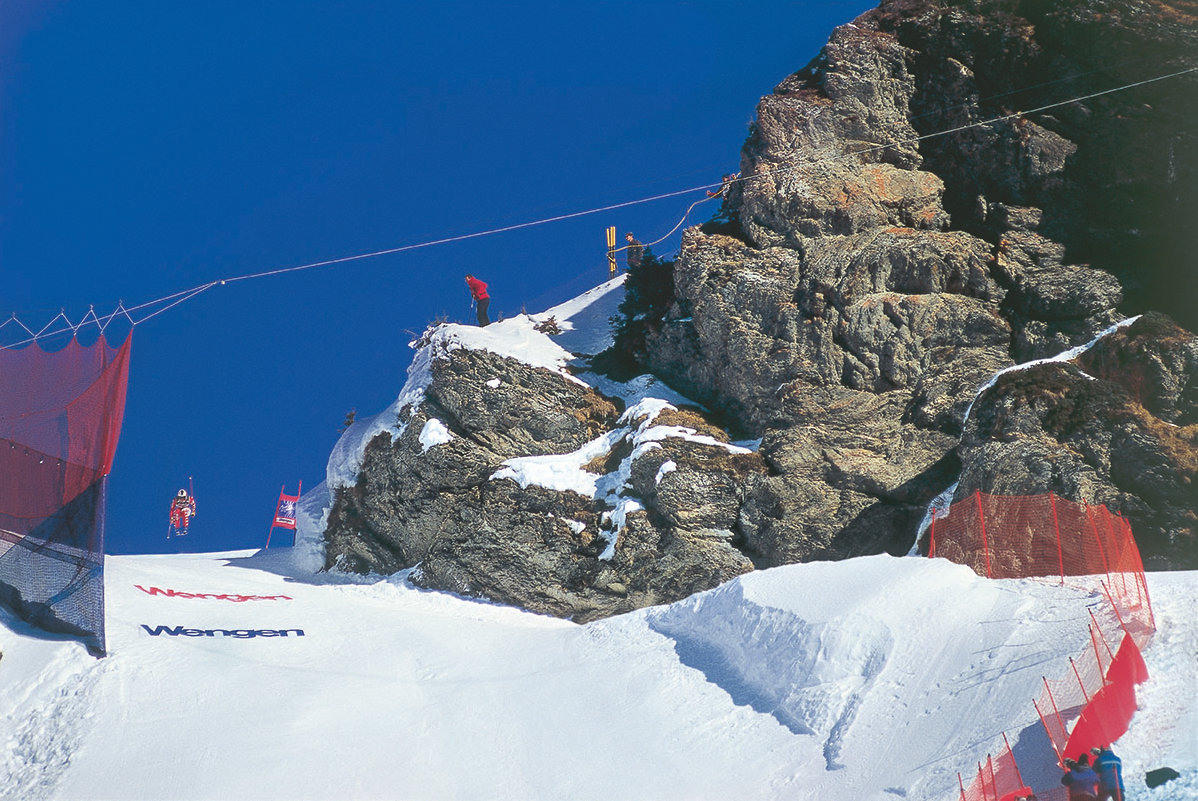
Your support helps us to tell the story
From reproductive rights to climate change to Big Tech, The Independent is on the ground when the story is developing. Whether it's investigating the financials of Elon Musk's pro-Trump PAC or producing our latest documentary, 'The A Word', which shines a light on the American women fighting for reproductive rights, we know how important it is to parse out the facts from the messaging.
At such a critical moment in US history, we need reporters on the ground. Your donation allows us to keep sending journalists to speak to both sides of the story.
The Independent is trusted by Americans across the entire political spectrum. And unlike many other quality news outlets, we choose not to lock Americans out of our reporting and analysis with paywalls. We believe quality journalism should be available to everyone, paid for by those who can afford it.
Your support makes all the difference.1. Lauberhorn Run Wengen

This three-mile stretch of steep, sleek snow is certainly in the ‘demanding’ category. Pinned to the side of the Lauberhorn mountain, between Wengen and Grindelwald in the Bernese Oberland, the Lauberhorn Run is a wintersports classic – viewed as one of the most testing courses to light up the Ski World Cup.
Difficult sections – the Hundschopf bottleneck; the taut twists of Canadian Corner and Ziel-S – put the planet’s professionals through their paces every January. But the piste welcomes holidaymakers too, and proffers glorious views of the Eiger, the Mönch and the Jungfrau on the (long) way down.
2. Le Pas de Chavanette Champery
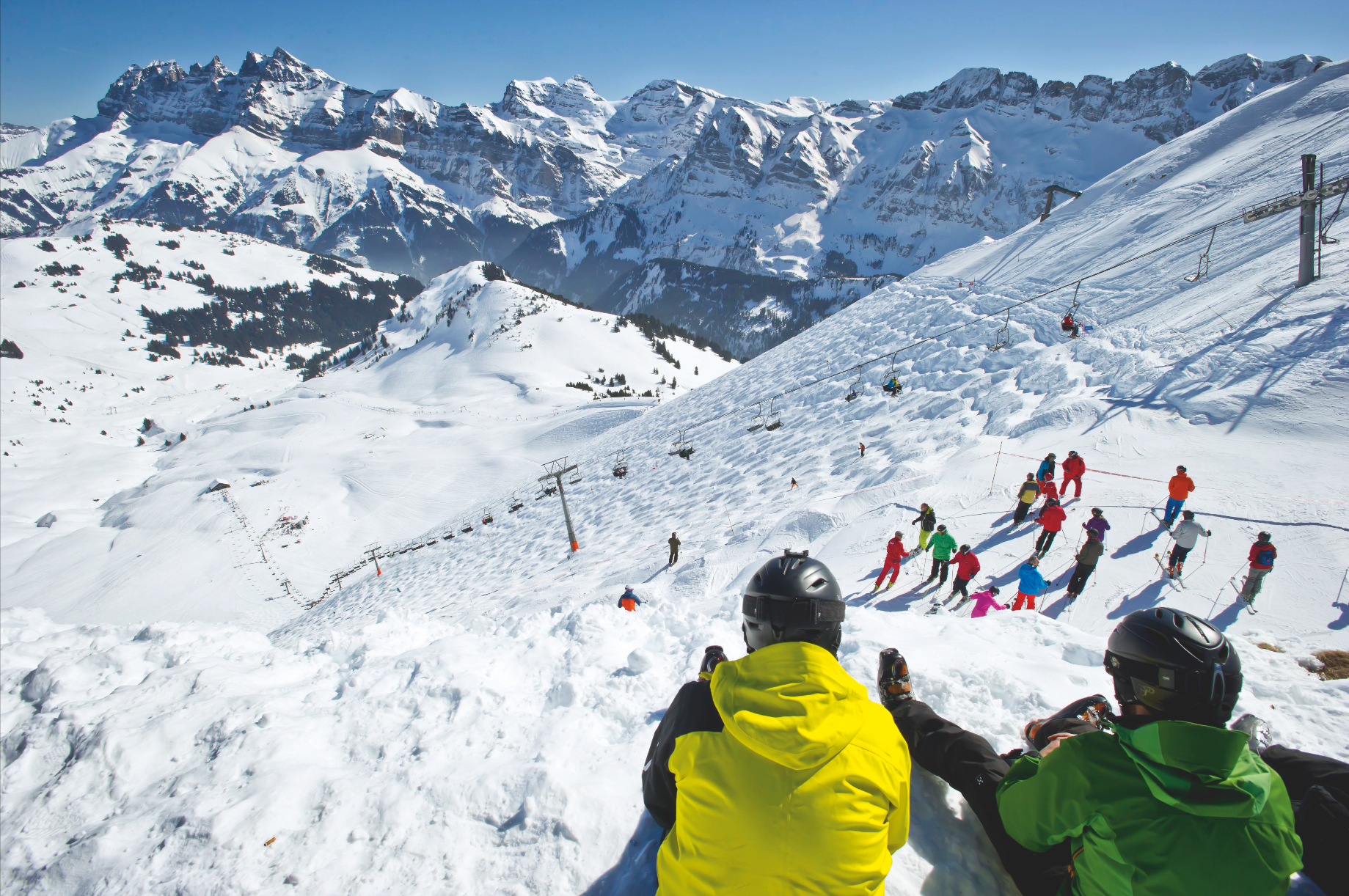
Sometimes, a slope’s majesty is apparent in its name. No-one can be unsure about the angles involved in a ride down Le Pas de Chavanette – a beast which is also known as Le Mur Suisse (“The Swiss Wall”) thanks to the way it dives and dips across the vast ski area of Portes du Soleil, awash with bumps and moguls. It starts in the far west of Valais, practically on the French border. But the “Swiss Wall” is most certainly Swiss – and a first-rate experience for gifted skiers, who, even as they race into the next exhilarating switchback, can absorb a splendid snowscape which lasts to the very bottom of the run.
3. Titlis Descent Engelberg
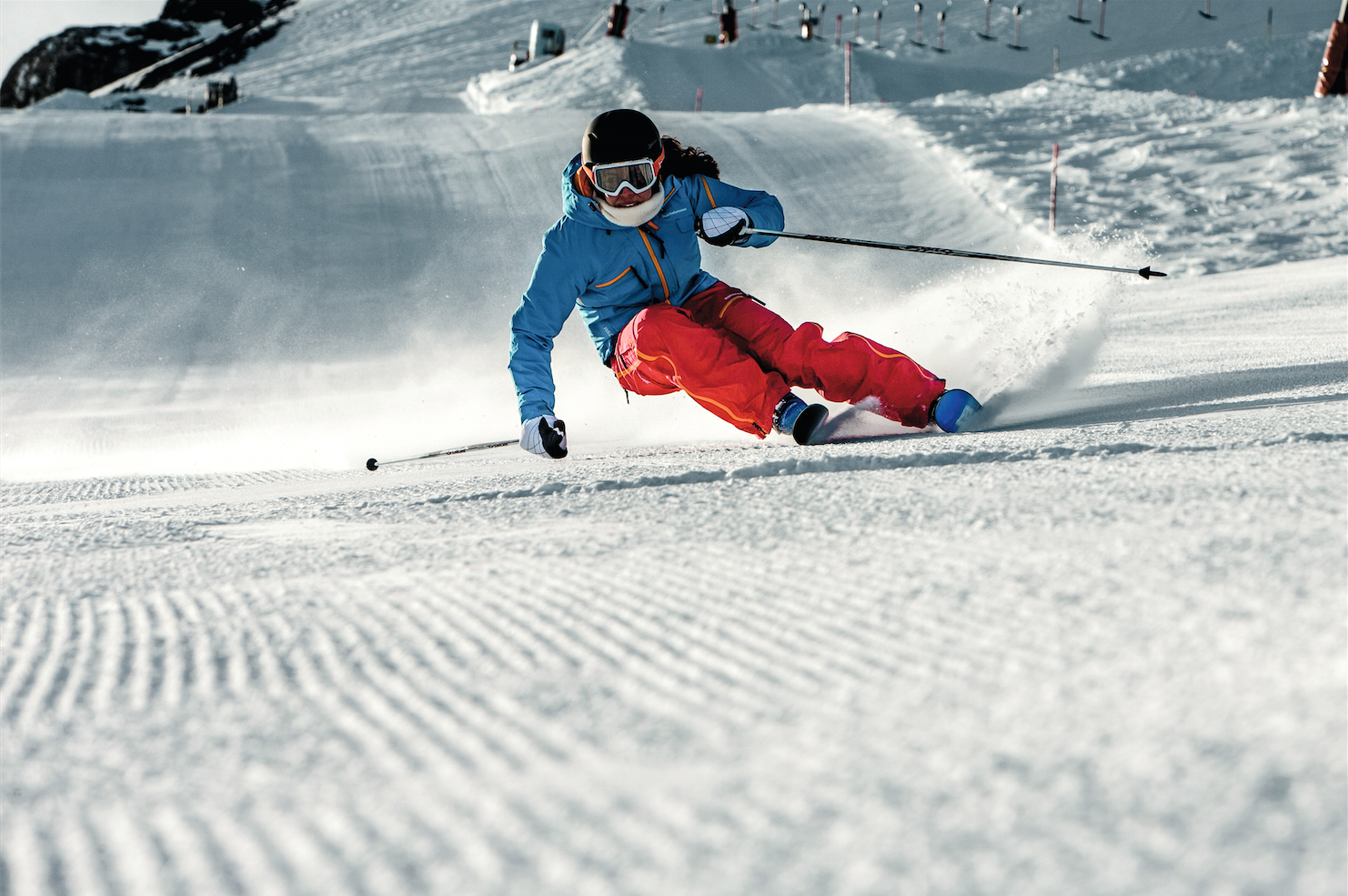
This high-rise giant, stretched out across the upper limits of Obwalden, ranks as one of the longest downhill runs in the Alps – spreading its arms for eight miles, and shedding some 6500ft (2000m) of altitude as it takes the plunge. It starts its journey at over 9,800ft (3000m) above sea level, on the Titlis Glacier, and comes equipped with sections that will put even the most experienced skiers on their guard – not least the Rotegg piste. But then, if this looks too advanced, you can take a cable car across to less fiendish intermediate slopes at Stand, and admire a truly spectacular winter pano- rama from your seat as you go.
4. Mittelallalin Run Saas Fee
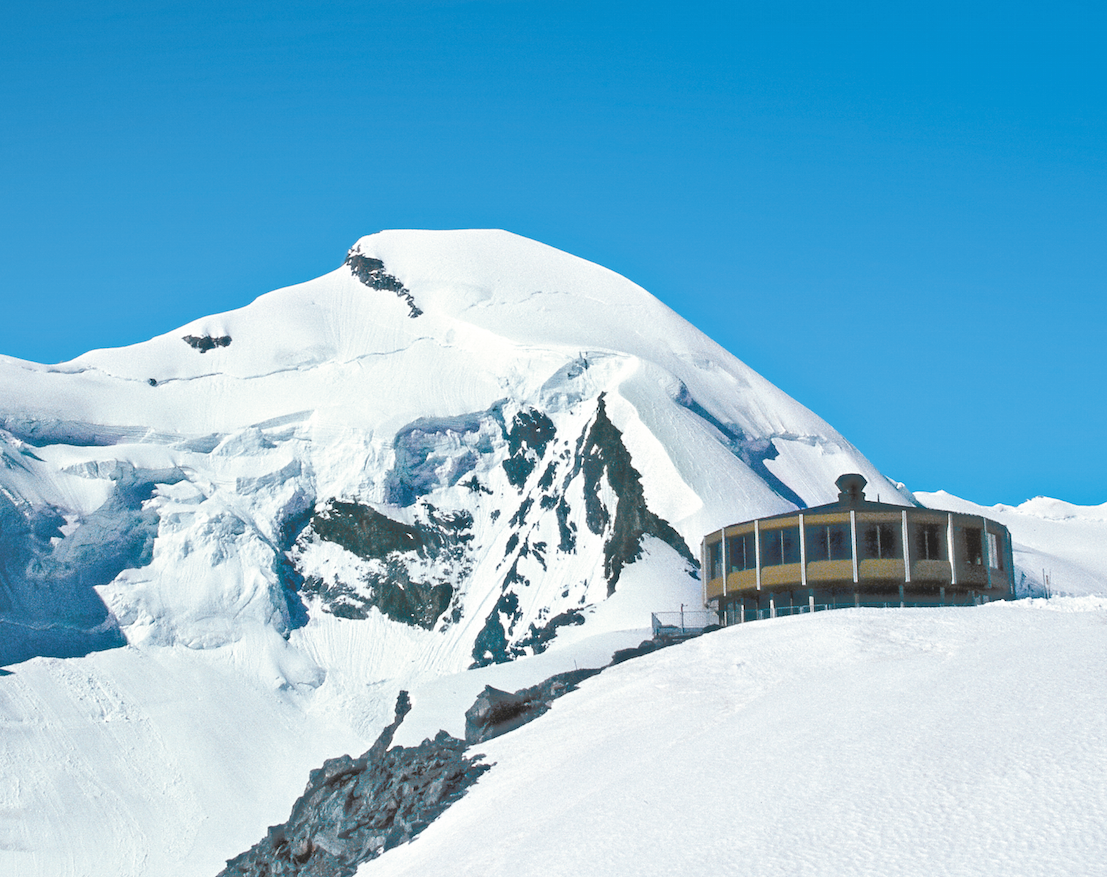
Another fabulous, ferocious fragment of Valais, the Mittelallalin Run delivers a dash of daredevilry to the pristine context of Saas-Fee. One of the longest descents in the Alps, it is, nonetheless, a playful creature, providing nerve-jangling missions for advanced skiers – the rocky route down the side of the Langfluh; the narrow spaces of the Altes Kanonenrohr (“Old Gun Barrel”) – as well as more gentle moments for those who like to take things at a slower tilt, including a blue piste for casual skiers. Alternatively, you can simply head to to the top, to the world’s highest revolving restaurant, at 11,341ft (3457m).
5. Parson Downhill Run Davos Kloster
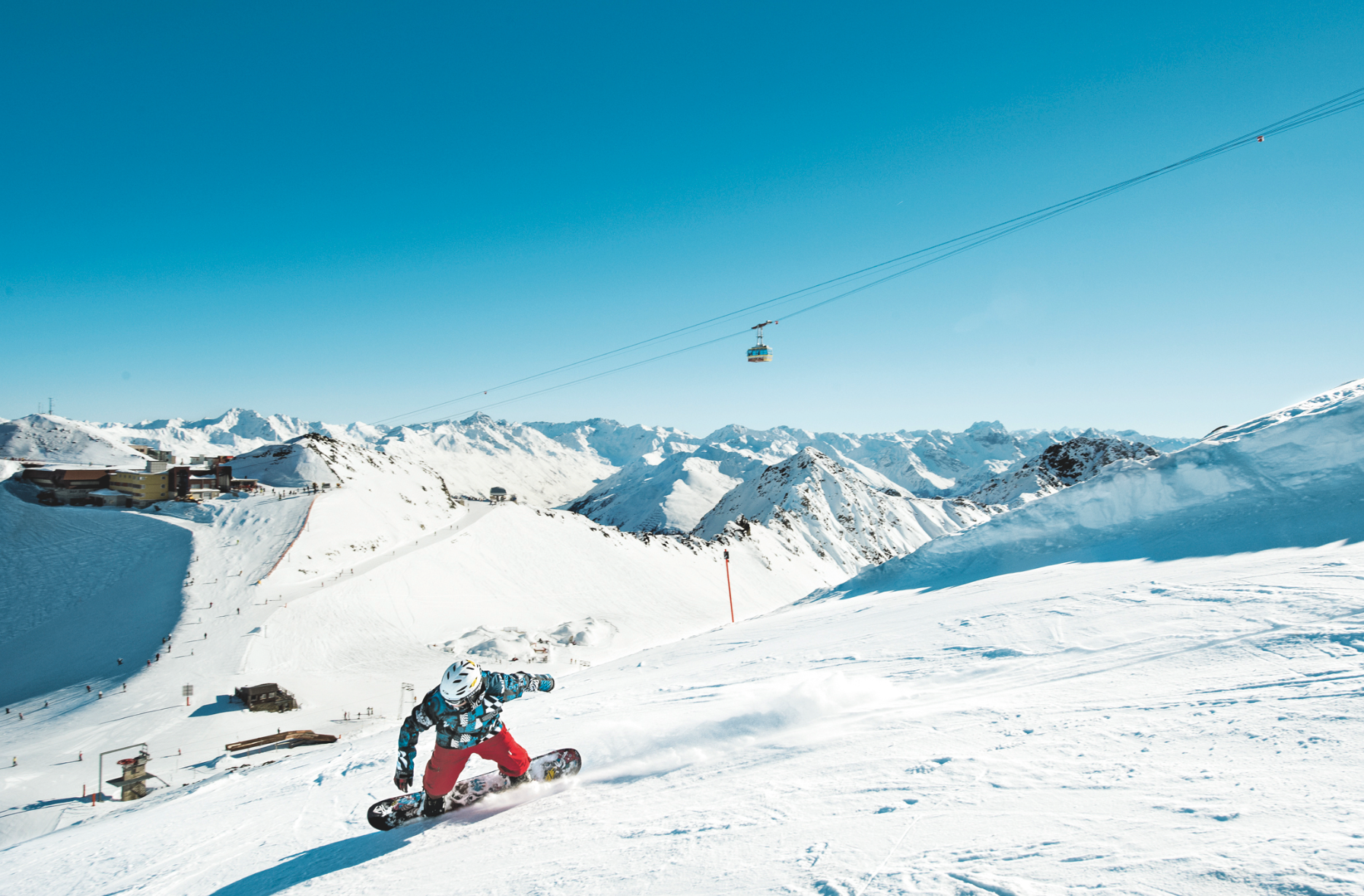
Some ski slopes have been a part of the Swiss landscape for almost as long as the peaks of the Alps themselves. Davos’s prime strip of speedy snow certainly feels as old as the hills – it played host to Switzerland’s first ski race, in 1924. And its story goes back further. Legend has it that it was “discovered” by four lost English tourists in 1895. More than a century on, this eight-mile behemoth welcomes skiers of all nationalities, and remains a thrilling prospect – connecting Davos and Klosters as it tumbles some 6500ft (2000m), from the lofty summit of the Weissfluh mountain to the pretty village of Küblis.
6. Chuenisbärgli Adelboden
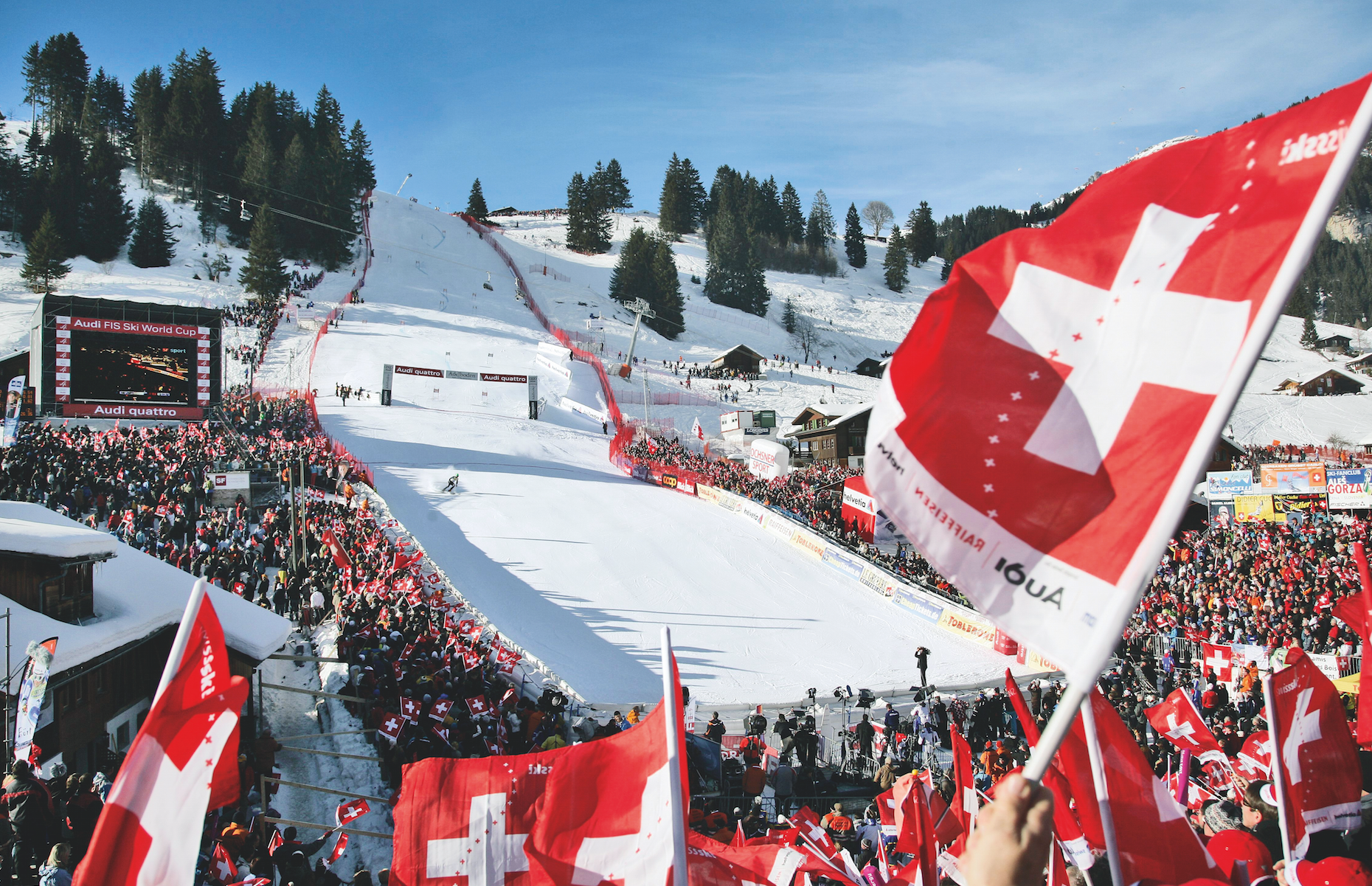
Some slopes are so tough that they present a formidable obstacle to even those at the very top of their skiing game. Chuenisbärgli – the dragon in Adelboden’s lair – snorts fire into the skies of the Bernese Oberland. It has a reputation for being the most technical Giant Slalom course on the World Cup circuit, and lives up to this in the stark gradients that make its start and end sections so hard. It writhes and rattles down the mountain for 1430m (4,691ft), and makes for one of the World Cup’s most exhilarating days every January – 35,000 spectators flanking the piste to cheer as the professionals do their thing.
Join our commenting forum
Join thought-provoking conversations, follow other Independent readers and see their replies
Comments